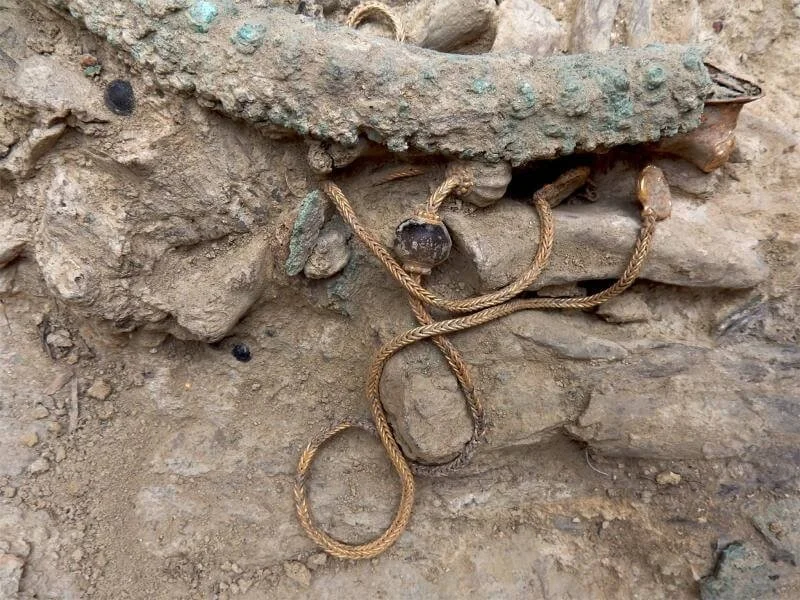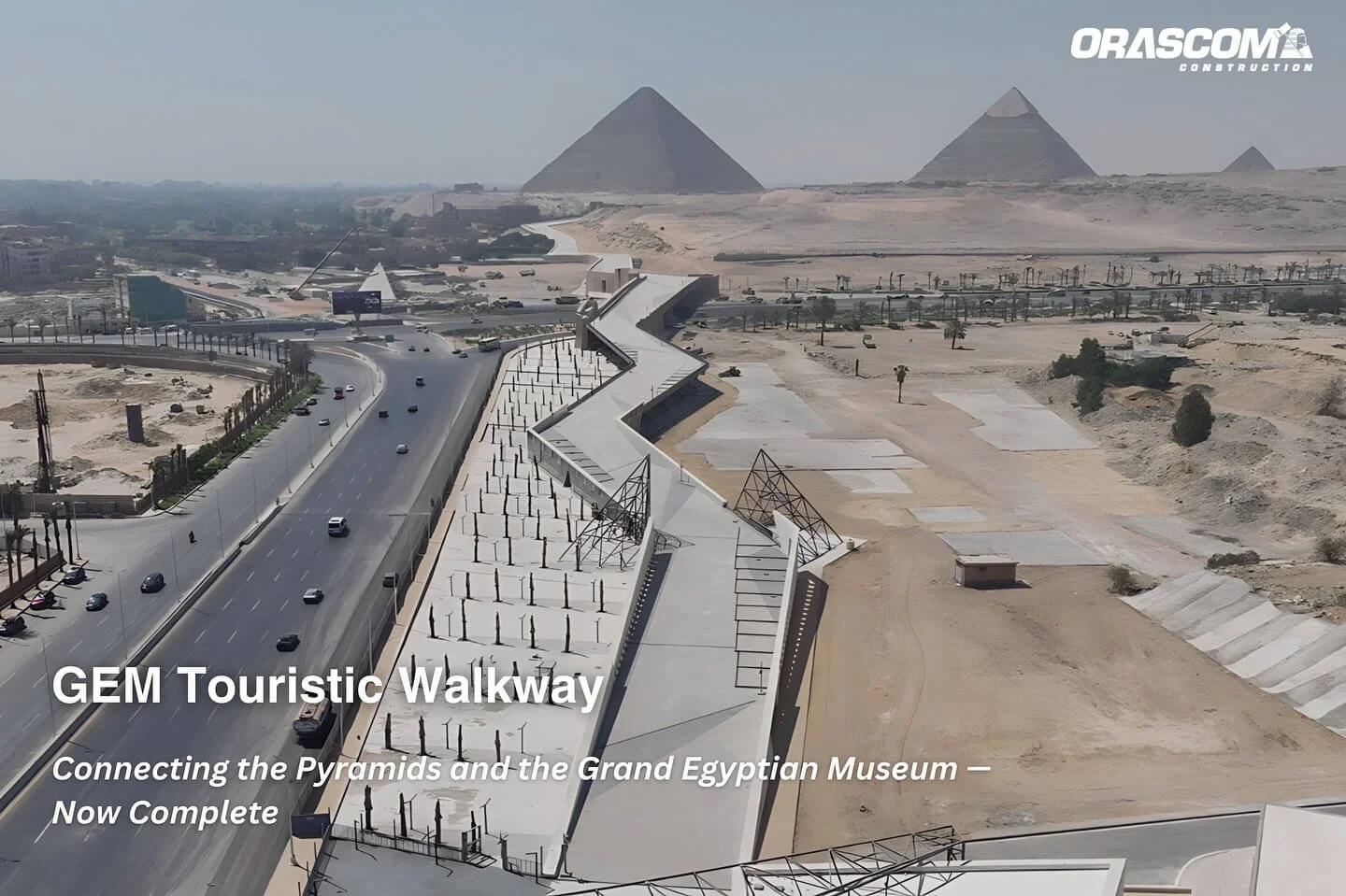A new archaeological study has identified the Zagros Mountains, located on the Persian Plateau, as a significant zone where interbreeding between Neanderthals and Homo sapiens likely occurred during the Late Pleistocene, roughly 50,000–60,000 years ago. This mountainous region, situated between two major biogeographical realms (the Palearctic and Afrotropical), became a key refuge during periods of climatic shifts, making it a favorable meeting ground for different human species.
Using advanced ecological niche modeling, the researchers were able to analyze environmental factors like temperature and precipitation to determine where Neanderthals and anatomically modern humans might have coexisted. The Zagros region, particularly in areas like Shanidar Cave and Bawa Yawan rock shelter, yielded both fossil and archaeological evidence supporting this theory. Notably, a Neanderthal tooth found in Bawa Yawan, dated to around 65,000 years ago, was discovered alongside Mousterian tools, further solidifying this region as a critical point of contact.
The implications of this study are profound, as genetic evidence shows that Neanderthal DNA, comprising 1–4% of the genome in non-African populations today, affects traits such as immune responses and skin pigmentation. By pinpointing potential interbreeding zones like the Zagros Mountains, scientists are piecing together a more nuanced understanding of human evolution, particularly how these two species shaped the genetic makeup of modern humans.
Habitat suitability models of the two Homo species and their potential contact and interbreeding zones in Southwest Asia and Southeast Europe. This figure was generated in QGIS 3.14.1 (www.qgis.org). The figures of the Neanderthal (left) and modern human (right) are adapted from www.demorgen.be.
This discovery not only underscores the importance of geographical features in human migration and interaction but also deepens our understanding of Neanderthals as complex beings who may have practiced rituals such as flower burials—behaviors once thought exclusive to Homo sapiens. Continued research in this region is expected to reveal even more about the interwoven histories of these ancient populations.
For further details, you can refer to the original study and analysis published in Scientific Reports.








